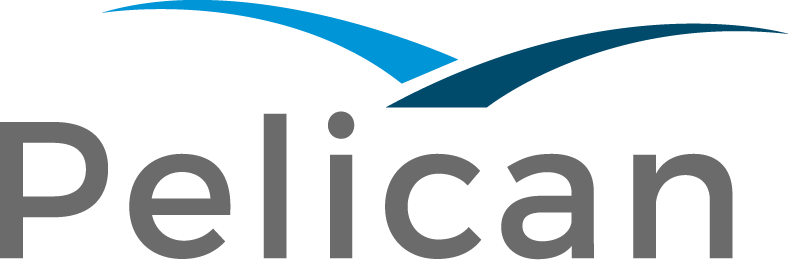By Biji John
As countries and banks around the world start the process of getting back to normal operations, one thing that this terrible experience has shown us is that it is no longer needed, safe, or viable to have large teams of people working closely together in one office at the same location.
The drive to digitisation has become more vital and urgent, which should be lauded. We have been on the digitisation journey for some years, and many areas of the banking operations are now fully digitised. However, to a certain extent, this journey has always stopped at the door of Trade Finance and specifically Trade Finance Operations and Compliance. As we all know, Trade-based money laundering is one of the most common global laundering strategies; the banks need to address this growing industry problem on a priority basis with efficient solutions to mitigate the risks.
The manual nature of this process, caused by the abundance of paper-based documentation, has long been accepted as a necessary evil, despite being a strain on the profit margin. Businesses trying to do cross-border trading activity are being hindered in moving goods from one location to another due to the inability of the players in the supply chain, including banks, to transmit and process the necessary paper documents. This has caused a demand for the process to be reformed and laws in various countries requiring paper-based trade documentation to be amended.
Recently the ICC published their “guidance paper on the impact of COVID-19 on trade finance transactions issued subject to ICC rules”, proposing (amongst other suggestions) that banks should be able to process transactions using faxed, scanned, or emailed images of documents which is a huge push for the digitisation movement for trade finance. However, as can be applied to the emergence of blockchain platforms across the globe, these changes will not happen overnight. Like it or not, paper-based documents will be with us for the near future. Many countries and the parties involved in the trade ecosystem still enforce documents in paper form (with the signature being enforced), despite the massive appeal towards digital documents. For example, around 48% of the ICC 2021 survey respondents clarified that the Bill of Lading (B/L) must be in paper format, mandated by their home jurisdiction.
The ICC survey also suggests document verification is a notable laggard when removing the physical paper. Banks are increasingly looking to digitise and automate the documents verification process, is the most sought-after solution expected from the tech providers to address the efficiency and cost-saving elements for the banks.
So, what do banks do when their Trade Finance volumes start to pick up as Global trade increases?
How do you run an operation that relies on a manual workforce when the workforce is not operating at 100% capacity due to working from home? In addition, how do you safeguard your business if subsequent lockdowns or other events are causing a significant impact on your business?
Necessity is the mother of invention: Necessity forces us to think differently, to make things better, faster and sometimes cheaper. Trade Finance processing and compliance need innovation, nothing much has changed in the paperwork and process of trade since the fountain pen replaced the goose feather, and the money launderers are aware of this. That is why hundreds of millions of $ of laundered money goes through trade transactions.
Now is the time to look at innovating. Current practices within Trade Finance Operations and Compliance need to change. New technologies such as AI offer amazing benefits by automating the burdensome manual operational and compliance processes of today. These innovations are led by Natural language Processing coupled with smart OCR, where data is extracted from free text and translated into readable defined fields which can be searched, verified, validated, and analysed.
Combined with Machine Learning, these technologies allow you to automate your trade compliance department completely. The ability to automatically screen and filter for sanctions, embargos, and dual-use-goods and monitor Trade-based Money Laundering and Trade Based Terrorist Financing red flags is available today and provides the highest alert accuracy and dramatically reduces false positives, ensuring that a simple ROI is achieved.
Solutions such as Pelican’s Trade Finance automation and compliance tool, PelicanSecure Trade, allow banks to optimize the workforce, process significantly more transactions, and, more importantly, these days, allow remote operations and investigations of any alerts created.
With the current market turmoil, can banks avoid the need to innovate for now and in the future by not adopting new technology?




